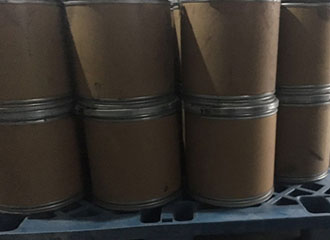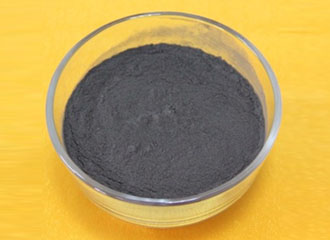Titanium Diboride (Tib2) Description:
Titanium Diboride (Tib2) is produced using a continuous chemical process that controls stoichiometry and particle size to create high purity powder. The shapes of the processed crystals are flat, hexagonal platelets.
When solidified into shapes, the resultant ceramic is electrically conductive, a property very rare among ceramic materials. This makes it valuable in electrical applications and also enables it to be formed into complex shapes using electrical discharge machining (EDM). TiB2 combines superior hardness and corrosion resistance with a high melting point (>2900°C) and good oxidation resistance to 1000°C.
Titanium Diboride (Tib2) Applications:
-Hot material
-Electrically conductive composites such as aluminum evaporation boats
- Additives for producing specialty ceramic composite materials
-Thermal management materials
- refractory additives
- Metal ceramic composite materials
-Anti - shrapnel basic materials
- high performance brake pad
- aluminium electrolytic cell cathode material
Titanium Diboride (Tib2) Advantage:
1. High melting point
2. High hardness
3. Wear resistance
4. Resistant to acids
5. Excellent conductivity
6. High thermal conductivity
Extreme Hardness. Nearly as hard as diamond when sintered, TiB2 is tough enough to be used as military armor and improves the fracture toughness of ceramic cutting tools and other components.
Electrical/Thermal Conductivity. As an excellent conductor of both electricity and heat, TiB2 is valuable in electronic and specialty applications. TiB2 enhances thermal conductivity when used as a filler in polymeric matrices.
Chemical Resistance. Titanium Diboride will not react with molten, nonferrous metals including Cu, Zn and Al. TiB2 is used as crucibles, vacuum metallization components and electrodes for processing these materials.
Titanium Diboride (Tib2) Technical Data
|
Item |
Standard |
|
MF |
TiB2 |
|
CAS No |
12045-63-5 |
|
Shape |
Hexagonal crystal |
|
Purity |
≥99% |
|
Oxygen |
≤0.700% |
|
Carbon |
≤0.300% |
|
Average particle size |
1-10μm |







